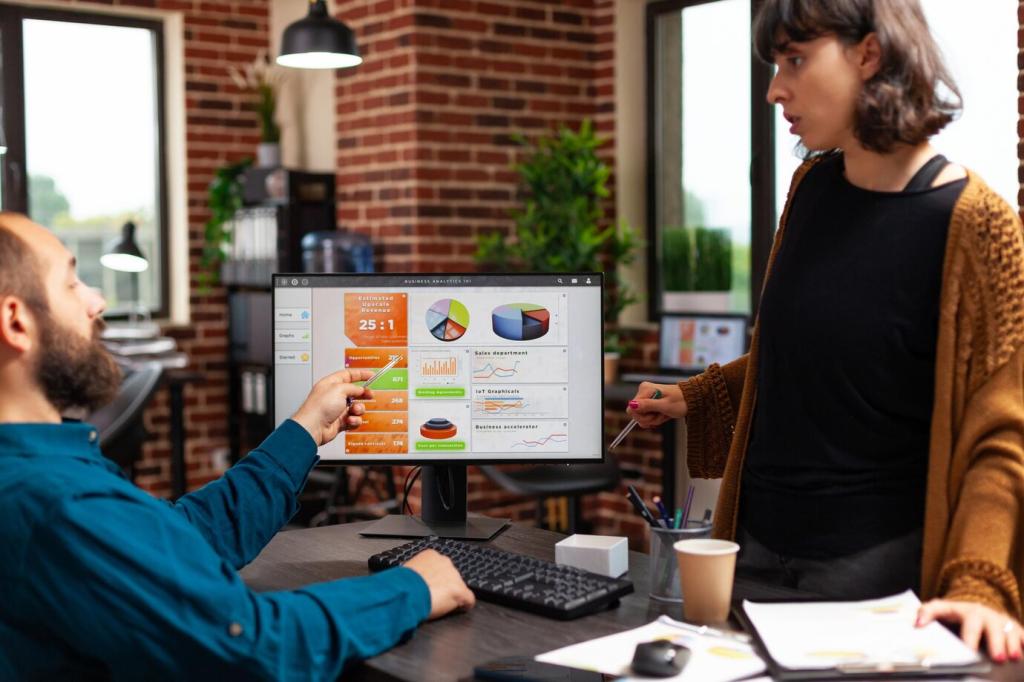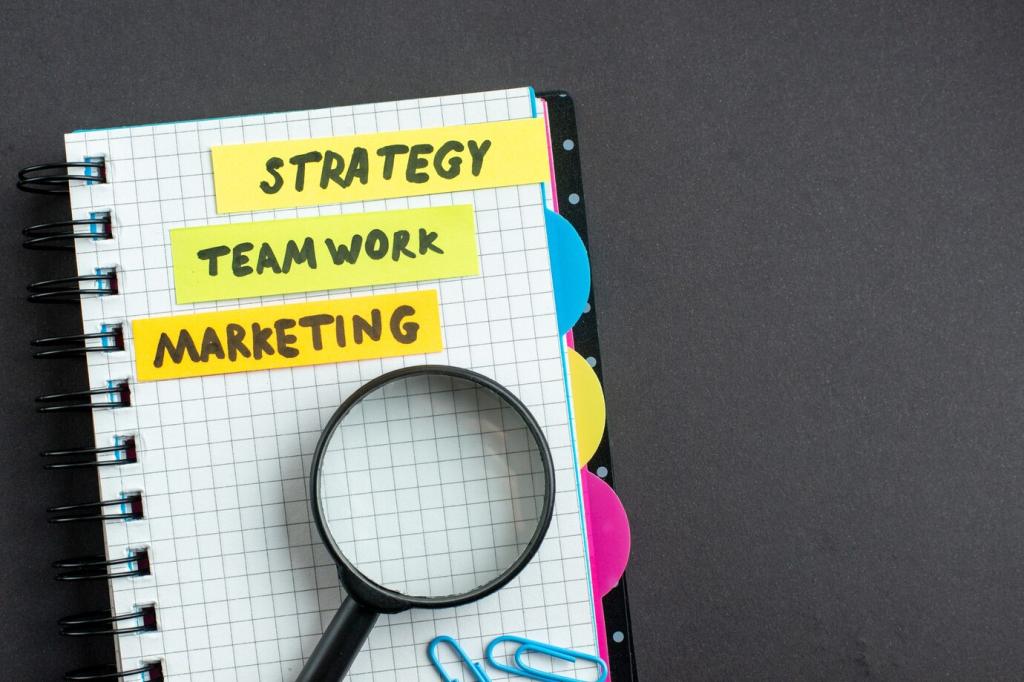Copy That Converts: Effective Copywriting Tips for Interior Design Businesses
Today’s chosen theme: Effective Copywriting Tips for Interior Design Businesses. Step into a world where words stage rooms, headline choices frame light, and subtle calls to action open doors. A boutique studio once doubled consultations by replacing a bland headline with a benefit-led promise—proof that architecture matters in language, too. Join us, share your copy challenges, and subscribe for weekly inspiration shaped for designers.

Know Your Client: The Foundation of Persuasive Design Copy
Define two to three core client personas with budgets, timelines, style preferences, and decision triggers. Are they seeking quiet luxury or bold personality? Your words should mirror their motivations, reduce risk anxiety, and promise a smoother, more delightful design journey.


Know Your Client: The Foundation of Persuasive Design Copy
List frustrations your ideal clients voice: overwhelm from choices, fear of cost overruns, and uncertainty about outcomes. Then pair each pain point with a benefit: curated clarity, transparent budgeting, and visualized results. Invite readers to comment with their clients’ most common questions.
Headlines That Convert: Frame the Room With Words
01
Swap “Our Interior Design Services” for a transformation headline: “From Empty Rooms to Effortless Sanctuary—Tailored Design Without the Overwhelm.” Benefits beat features because clients buy the feeling of home, not the list of deliverables. Share your favorite benefit-driven headline below.
02
Design is tactile and visual. Use imagery-rich phrasing like “sunlit calm,” “textural warmth,” or “quiet luxury that lasts.” Pair these words with hero photography for a one-two punch that lets visitors feel your value before they rationalize it.
03
Specificity signals expertise. Try “Kitchens Optimized for Small Urban Condos,” or “Color-Confident Makeovers Completed in Eight Weeks.” Measurable promises guide expectations, while niche focus attracts the exact clients you want. Subscribe to receive our headline swipe file for designers.
Tell a Before–After–Because Story
Show the original pain point, the transformation, and the reasoning behind each choice. “Before: echoey loft, poor lighting. After: layered acoustics, warm brass, softened corners. Because: evening entertaining, rich acoustics, timeless finishes.” This structure invites trust through transparent thinking.
Let Clients Speak in Strategic Captions
Integrate direct quotes beneath key images: a line about how the space feels on Monday mornings or during Sunday dinners. Place micro-quotes where the eye lingers. Authentic voices reduce friction far faster than polished paragraphs alone.
Highlight Constraints as Proof of Skill
Discuss tight timelines, tricky layouts, or preservation requirements. Frame constraints as creative catalysts, not excuses. Readers will understand your strategic process and imagine you navigating their own unique space with confidence. Ask readers which constraint stories they want templates for.
Calls to Action That Feel Like Hospitality
Offer Value-Rich Lead Magnets
Create a Style Personality Quiz, a Moodboard Starter Kit, or a Renovation Planning Checklist. Position them as clarity tools, not sales bait. The alignment between generous resources and thoughtful design builds trust long before a discovery call is booked.


Research Intent-Rich, Design-Specific Keywords
Focus on long-tail phrases like “Scandinavian nursery designer Brooklyn” or “sustainable coastal living room makeover.” Map keywords to search intent—informational, commercial, local—so each page answers an exact question a future client is already asking.

Structure Pages for Skim and Depth
Use clear H1s and H2s, descriptive alt text, and scannable paragraphs with bold benefits. Anchor internal links from portfolio pieces to service pages. Your structure should guide the eye like a sightline from entry to picture window.
Choose guardrails: from warm to refined, modern to classic, minimal to expressive. Document approved phrases and banned clichés. A simple style guide keeps every caption, bio, and case study aligned, even as your team or partners contribute.

